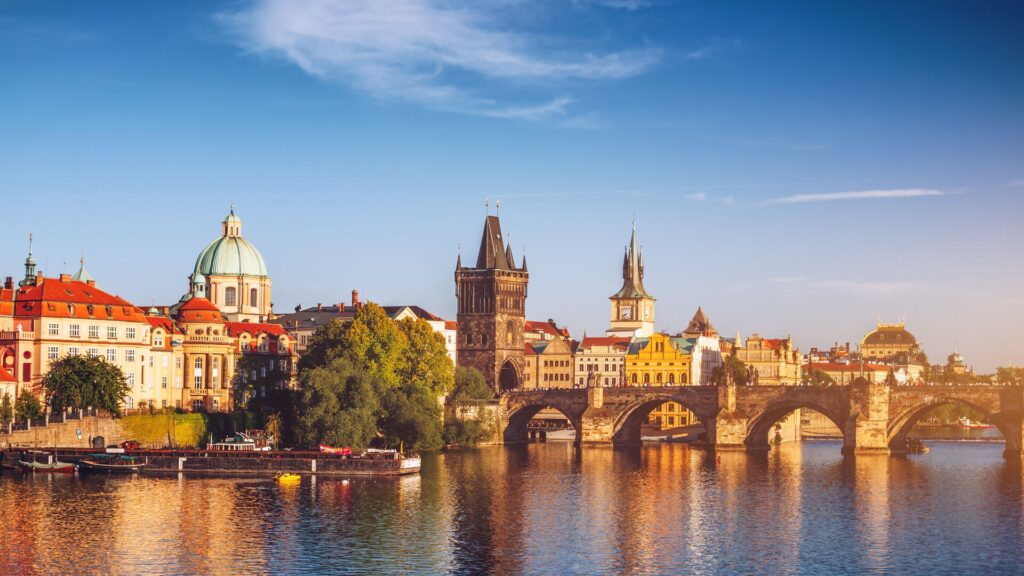Why A Visit To The Somme Battlefields Will Still Move You
Though today a calm and tranquil site, the Somme Battlefields will forever remain scarred by war. The remains of trenches, shell holes and the many cemeteries and memorials are a constant reminder of the pain that was suffered here just over a century ago. Nowadays, these lands serve as a poignant reminder of the great sacrifices made by so many in World War I.
Travel is fun, exciting and can be invigorating or relaxing. It can also be the perfect way to delve deep into history, mark memorable historic events and pay your respects. We invite you to join us on a moving journey through the Battlefields of WWI & WWII. This 11-day tour takes in key sites in Belgium and France, including the Somme Battlefields, under the guidance of Local Experts and historians. Walk in the footsteps of brave soldiers as you explore the locations, hear the stories and spend time at the memorials, marking those who lost their lives in the fight for peace.
The Somme Today
Today the River Somme, in Northern France, is a peaceful place, with ducks gliding about on gently flowing waters. In fact, the name Somme is derived from the Celtic samara, meaning “tranquil.” The site bears little resemblance to the place where over 300,000 men lost their lives in one of the largest and bloodiest battles of the First World War (1914-18). However, while the landscape may have healed, the scars of battle are still visible in the countryside.

The Battle of The Somme
The 1916 Somme offensive took place from 1 July – 18 November 1916, an agonising five-month struggle that failed to secure a breakthrough. A joint operation between British and French forces, The Battle of the Somme was intended to achieve a decisive victory over the Germans on the Western Front. And for many Britains, the resulting battle remains the most painful and infamous episode of the First World War.
The Germans were stationed behind a formidable set of defences, vastly underestimated by Allied intelligence. A combination of a compact battlefield, destructive modern weaponry and several failures by British military leaders led to the unprecedented slaughter of wave after wave of young men. In the first day alone, the British army took 57, 570 casualties.
The battle marked a significant turning point in the war. After the Somme the British army was supplied with more firepower than before. And it was firepower, rather than manpower, that eventually decided the course of the war.
Visit the Somme Battlefields
From the pages of history books, bring the Somme Battlefields to life as they become ground under your feet. Step onto the lands that signify such agony and relevance with our thoughtfully curated World War 1 Battlefields tour, and have the opportunity to pay your respects along with your Local Expert. Under their expert knowledge, explore the Somme Battlefields and be reminded of the great cost of the war to so many nations.
You will visit the Lochnagar Crater, one of the key Somme sites, created by a large mine placed beneath the German front lines on the first day of battle. See the South African and New Zealand Memorials at Longueval. In Newfoundland Memorial Park, see shell-holes and the trenches of both sides can still be clearly seen and even walked along and explore Beaumont-Hamel, one of the largest allied offensives of the war.
Explore the Franco-British Memorial at Thiepval built between 1928 and 1932 and designed by Sir Edwin Lutyens. The memorial bears the names of more than 72,000 officers and men of the United Kingdom and South African forces who died in the Somme sector before 20 March 1918 and have no known grave. Over 90% of these perished in the Battle of the Somme.

Save up to $3,000* per couple on your first Premium Tour
Plus receive latest offers, travel inspiration, and discover how your travels will make a positive impact. Together, WE MAKE TRAVEL MATTER®. Subscribe NowOther significant sites
The town of Ypres in Belgium is one of the main names associated with the Great War. Its surrounding area is known as the Salient. This region was fought over from October 1914 up to the end of the war in November 1918. It was the site of major battles, including the Third Battle of Ypres in 1917 (often known as Passchendaele). You will visit the Ypres Salient battlefields, including Hill 60, Polygon Wood, the Passchendaele Memorial and Tyne Cot Cemetery. Every night at 8.00pm in Ypres a moving ceremony takes place under the Menin Gate in Ieper, when The Last Post is played. The ceremony has become part of the daily life in Ieper (Ypres), a simple but moving tribute to the courage and self-sacrifice of those who fell in defence of the town.
See the Australian Cemetery of Fromelles in Northern France, a poignant stop of battlefields tours. Commemorating one of the darkest days in Australian military history, it contains the graves of 410 Australian soldiers who died in the Attack at Fromelles. Not a single body found on the battlefield could be identified so it was therefore decided not to mark the individual graves. Instead, recorded on the memorial are the names of all the Australian soldiers who were killed in the engagement.
At Arras, you can choose to spend time at Vimy Ridge visit the Canadian National Memorial and walk among the original 100-year-old trenches. Or visit the Commonwealth War Graves Commission Experience to commemorate the 1.7 million Commonwealth causalities from the First and Second World Wars.
To take this poignant journey through history, book your place on our Battlefields of WWI & WWII premium guided tour.
LIKED THIS POST? SHARE WITH YOUR COMMUNITY




